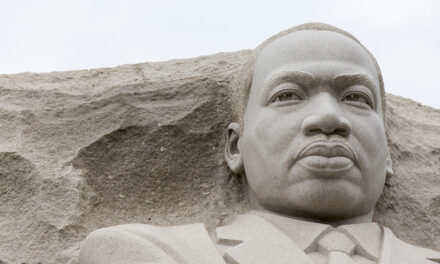I don’t like going to the mailbox anymore. It used to be fun to find a random letter from a friend or a newsletter from a favorite non-profit or a catalogue of pretty things to look at or buy.
But these days — every day — my box is full of mailings from more than a 100 different rescue organizations with photos of horribly-abused animals they’ve rescued, and graphically written descriptions of their injuries and trauma. Last week alone I learned about Pfizer’s inhumane harvesting of pregnant mare urine to make their billion dollar seller Premarin, and the equally-inhumane disposal of the foals they are forced to continually bear.
I learned that there are at least three businesses in the U.S. responsible for breeding more than 820,000 animals per year (including more than 60,000 dogs-mostly beagles) who are sold to laboratories and universities to be cut open, poisoned and injected with diseases — all in the name of science. And though “legal standards in the U.S. for ensuring humane treatment during experimentation are incredibly permissive … they are still frequently violated by corporations and academic facilities. And … virtually nothing happens to the offenders, even when the violations result in sever suffering and death…” (The Intercept, 2018) Some of them callously consider the gratuitous penalties part of their “cost of doing business.”
I get reports about the factory farming industry, where animals are overwhelmingly inhumanely treated and brutally slaughtered in the name of food, accepted practices with lax oversight into abuse and weak penalties for violations. I hear about the victims of wildlife-killing contests, canned hunts, unethical breeders — again, all sanctioned and weakly regulated. And of course story after story about animals abused, abandoned and neglected by their owners, including illegally-purchased wild animals, like the lion who’s owner welded the cage shut when he got big, and the guy didn’t know what to do with him, or the man who cut off his tiger’s toes after it scratched him.
But what bothers me even more than the pictures, stories and solicitations for money to help care for these casualties, is the lack of closure, and the fact that because these abuses are sanctioned, accepted, poorly regulated and weakly — or never — prosecuted, these mailings and these stories will continue indefinitely.
I often think about a statement made by Kay Pranis, restorative justice coordinator for the Minnesota Department of Corrections, during a four-day restorative justice conference in 2002. Kay said, “Harm done to one is harm done to all.”
That being the case — and I believe it to be — our mistreatment of animals, sanctioned and accepted or not, explains a lot about the way we treat one another. Cruelty is contagious. No one escapes being affected by an act of cruelty, including the person who caused the harm. Abuse is also insidious. It seeps into our pores and colors our perceptions. It reduces our capacity for empathy, which is the root cause of violence against anything and everything.
In the 1990s, a behavioral health program called AniCare was created for treating animal abusers. Judges are able to send animal abusers to this program in addition to or instead of jail time. In the first session, the therapist asks the person who harmed the animal, “Tell me exactly what you did to the animal from the animal’s perspective. In other words, pretend you are the animal and tell me what you are thinking and feeling.” Some take it a step further and say, “Better yet, show me. Act it out — you be the animal …”
Last week, as I was driving to work one evening thinking about this column, I received an unexpected moment of grace. On an industrial side street I take as a shortcut, I saw a woman dressed in a brightly-colored, flowered shirt and red pants; her gray hair was short and tidy. She looked out of place there. Yet something about her made me want to stop and take her out for a cup of coffee. She stopped in front of a large, metal gate, and there on the other side stood a beautiful white long-haired cat with a gray spot on its head, watching and waiting as she reached into her bags for his dinner. She had come to feed, and she had travelled to get there — on purpose. In an instant, I had witnessed an act of pure kindness and compassion, and I was grateful. Would that more of us possessed a heart such as hers.



















